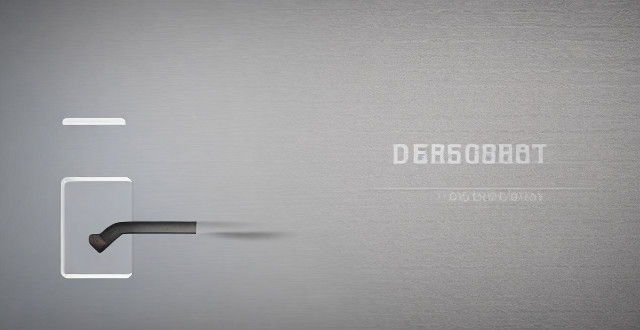The text discusses the main types of power batteries used in electric vehicles (EVs), including lead-acid, nickel-cadmium (NiCd), nickel-metal hydride (NiMH), lithium-ion (Li-ion), and lithium-iron phosphate (LiFePO₄) batteries. Each type has its own advantages and disadvantages, such as cost, lifespan, energy density, self-discharge rate, safety concerns, and environmental impact. The choice of battery type depends on the specific requirements and priorities of the vehicle manufacturer and end-user.

Main Types of Power Batteries Used in Electric Vehicles
Electric vehicles (EVs) are powered by batteries, which store and supply the energy required to drive the vehicle's electric motor. There are several types of power batteries used in electric vehicles, each with its own advantages and disadvantages. Here are the main types:
1. Lead-Acid Batteries
Lead-acid batteries have been used in vehicles for over a century, primarily in conventional internal combustion engine vehicles as starter batteries. However, they can also be used in electric vehicles.
Advantages:
- Low cost: Lead-acid batteries are inexpensive compared to other battery types.
- Readily available: They are widely available and easy to replace.
Disadvantages:
- Short lifespan: They typically last only a few hundred charge/discharge cycles.
- Low energy density: They store less energy per unit weight than other battery types.
2. Nickel-Cadmium (NiCd) Batteries
Nickel-cadmium batteries were once commonly used in portable electronics and electric tools but have largely been replaced by more advanced technologies.
Advantages:
- Long lifespan: NiCd batteries can last for thousands of charge/discharge cycles.
- Robustness: They can handle deep discharge cycles without damage.
Disadvantages:
- Memory effect: If not fully discharged before recharging, NiCd batteries can "remember" the lower capacity and not hold a full charge.
- Environmental concerns: Cadmium is toxic, and proper disposal is essential.
3. Nickel-Metal Hydride (NiMH) Batteries
Nickel-metal hydride batteries are an improvement over NiCd batteries and are still used in some applications.
Advantages:
- Higher energy density: NiMH batteries store more energy per unit weight than NiCd batteries.
- No memory effect: They do not suffer from the memory effect like NiCd batteries.
Disadvantages:
- Shorter lifespan: While better than NiCd, NiMH batteries still don't last as long as newer battery technologies.
- Self-discharge: They have a higher rate of self-discharge than other battery types.
4. Lithium-Ion (Li-ion) Batteries
Lithium-ion batteries are currently the most popular choice for electric vehicles due to their high energy density and long lifespan.
Advantages:
- High energy density: Li-ion batteries store a lot of energy relative to their size and weight.
- Long lifespan: They can last for thousands of charge/discharge cycles.
- Low self-discharge rate: They lose less charge when not in use compared to other battery types.
Disadvantages:
- High cost: Li-ion batteries are more expensive than other battery types.
- Safety concerns: They require careful management to prevent overheating and fires.
5. Lithium-Iron Phosphate (LiFePO₄) Batteries
Lithium-iron phosphate batteries are a variant of Li-ion batteries that offer improved safety and longer lifespan.
Advantages:
- Improved safety: LiFePO₄ batteries are less prone to thermal runaway than standard Li-ion batteries.
- Long lifespan: They can last even longer than standard Li-ion batteries.
- No need for cooling: They operate well at room temperature and don't require cooling systems.
Disadvantages:
- Lower energy density: Compared to standard Li-ion batteries, LiFePO₄ batteries have slightly lower energy density.
- Higher cost: They are generally more expensive than standard Li-ion batteries.
In conclusion, electric vehicles use various types of power batteries, each with its own set of advantages and disadvantages. The choice of battery type depends on the specific requirements and priorities of the vehicle manufacturer and end-user.